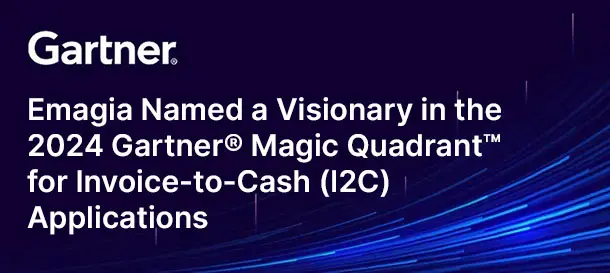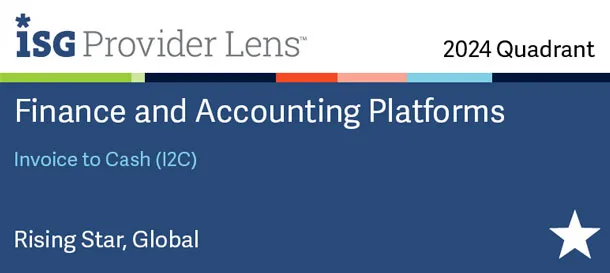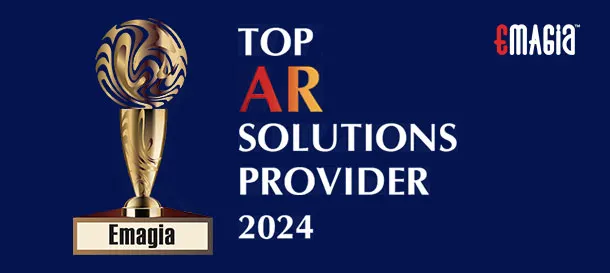Depreciation is a cornerstone of modern accounting, offering businesses a way to allocate the cost of assets over their useful lives. Among the various depreciation techniques, the Double Declining Balance (DDB) Method stands out for its accelerated approach. This blog explores the DDB method comprehensively, guiding you through its calculation, benefits, and practical applications.
Understanding the Double Declining Balance Method
The Double Declining Balance method accelerates depreciation by allocating higher expenses in the earlier years of an asset’s life. It’s ideal for assets like machinery, vehicles, and technology that lose value rapidly at the start.
Key Features of the Double Declining Balance Method
- Accelerated Depreciation Rate: The depreciation rate is twice that of the straight-line method.
- Decreasing Depreciation Expense: Expenses reduce over time as the book value declines.
- Exclusion of Salvage Value in Initial Calculations: Salvage value is considered only in the final year to ensure book value does not drop below it.
Step-by-Step Calculation
To calculate depreciation under the DDB method:
- Determine the Straight-Line Depreciation Rate:
- Example: For a 5-year asset, divide 100% by 5 (20%).
- Double the Rate:
- Multiply by 2 (20% × 2 = 40%).
- Calculate Annual Depreciation Expense:
- Multiply the beginning book value by the DDB rate.
Example
For a $10,000 asset with a 5-year life:
- Year 1: $10,000 × 40% = $4,000
- Year 2: ($10,000 – $4,000) × 40% = $2,400
- Continue until the book value equals the salvage value.
Advantages of the Double Declining Balance Method
- Realistic Depreciation: Aligns expenses with actual usage patterns.
- Tax Benefits: Higher depreciation in early years reduces taxable income.
- Faster Cost Recovery: Speeds up asset cost recovery for reinvestment.
Challenges and Limitations
- Complex Calculations: Requires precise yearly adjustments.
- Impact on Earnings: Early high depreciation lowers initial net income.
- Not Always Appropriate: Unsuitable for assets depreciating evenly over time.
Comparison with Other Methods
- Straight-Line Method: Equal depreciation throughout.
- Sum-of-the-Years’-Digits: Weighted depreciation based on remaining life years.
When to Choose the Double Declining Balance Method
The DDB method suits businesses with:
- Assets subject to rapid obsolescence.
- High initial productivity assets.
- Tax planning strategies benefiting from higher early expenses.
How Emagia Powers Depreciation Management
Revolutionizing Asset Depreciation with Emagia
Emagia’s AI-driven platform transforms the way businesses handle depreciation:
- Automated Calculations: Accurately compute depreciation across multiple methods.
- Comprehensive Tracking: Monitor assets from acquisition to disposal seamlessly.
- Financial Reporting: Generate real-time reports reflecting updated depreciation figures.
Frequently Asked Questions
What is the Double Declining Balance Method?
It’s an accelerated depreciation technique applying twice the straight-line rate, focusing on higher expenses in early asset life.
Why use the Double Declining Balance Method?
This method better matches depreciation with asset utility and offers early tax benefits.
How does it compare to the Straight-Line Method?
While the straight-line method provides consistent annual depreciation, DDB allocates higher initial expenses.
Can all assets use the DDB method?
No, it’s best for rapidly devaluing assets like technology or vehicles.
What happens when the book value reaches the salvage value?
Depreciation stops, as the book value cannot fall below the salvage value.
How does DDB benefit businesses?
By providing tax advantages, aligning costs with utility, and expediting cost recovery.
Final Thoughts
The Double Declining Balance method offers businesses a powerful tool for managing asset depreciation effectively. Its accelerated nature aligns well with modern accounting needs, especially for high-utilization assets. Emagia’s advanced tools simplify the process, empowering businesses to optimize financial strategies and stay ahead in competitive markets.



